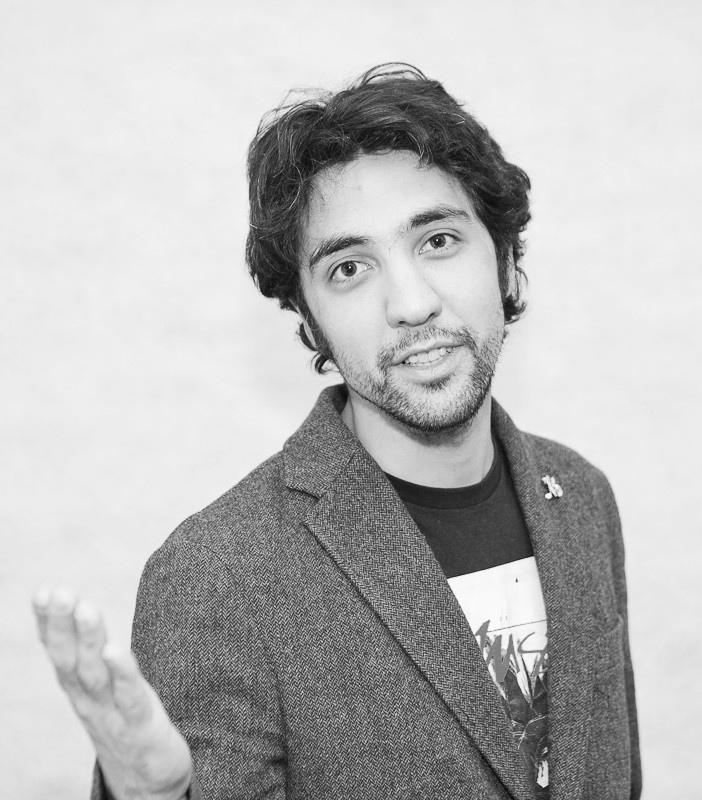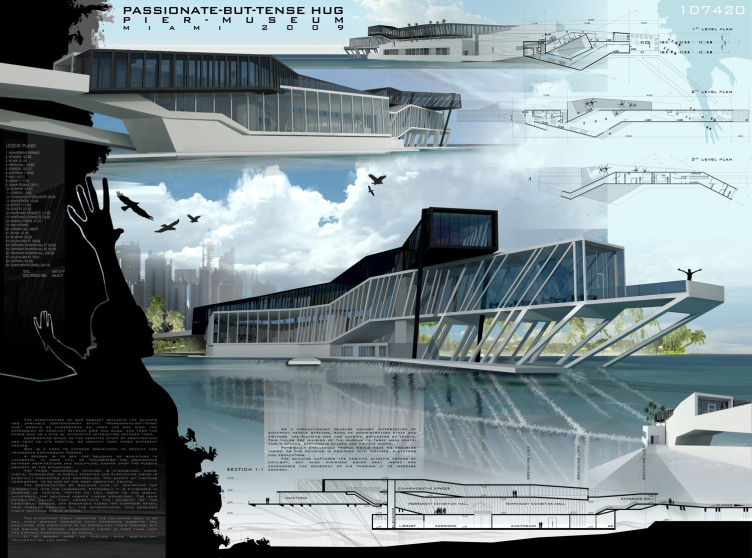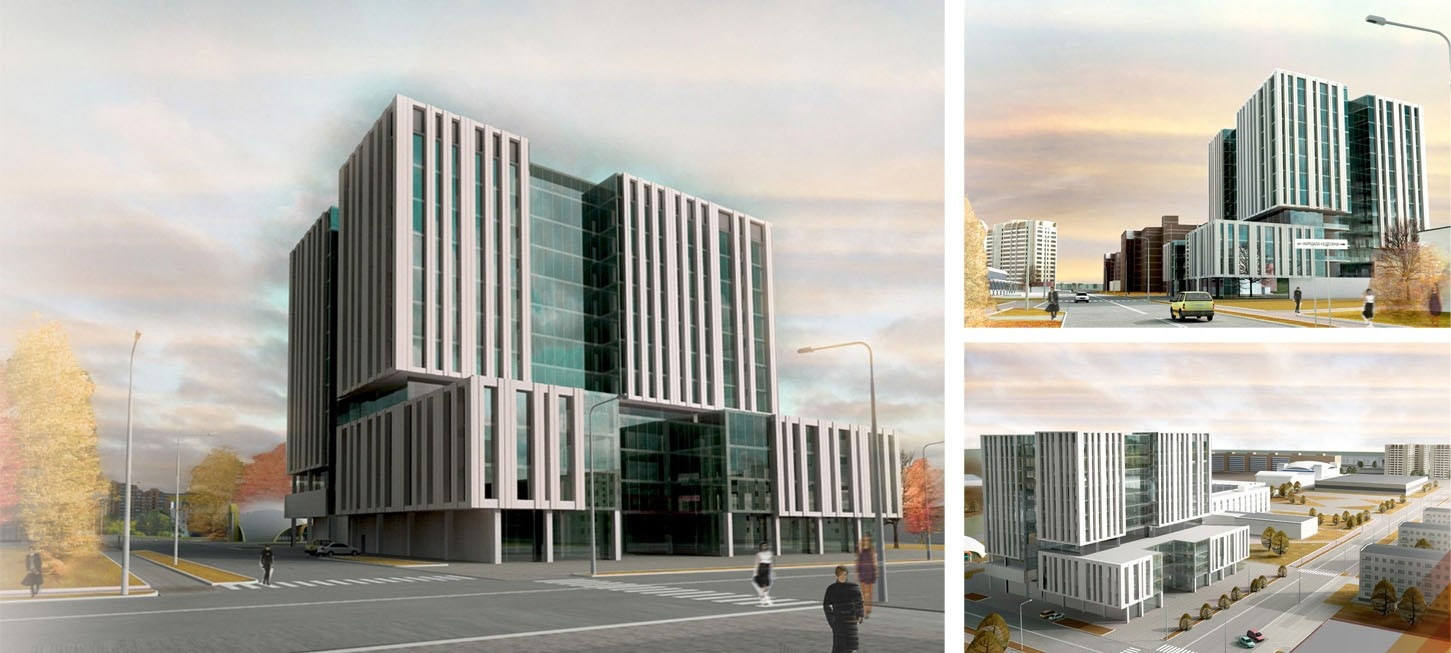Archi.ru: When was "T+T Architects" founded?
Sergey Trukhanov: From the formal standpoint, our company is quite young: it was founded early in 2012. But the team of which I am the leader, came together a lot earlier: for a number of years, we all worked as part of another bureau. Some of the projects that we had started back then were later on completed under the new brand and were rightfully included into the portfolio of "T+T Architects".
Archi.ru: As far as I understand, the name of the bureau is in no way associated with your second name?
Sergey Trukhanov: "T+T" stands for "transparent territory". This simple formula reflects the essence of our approach to doing our architectural projects. The transparency and openness of all our project solutions, their being motivated and understandable to our client, our contractor, and our end consumer is something that we place our main bet on. The architecture of the building, as well as its social and functional program, must be reasoned by its environment, its logistics, its aesthetic and social value, and everything that nowadays is usually referred to as "context". Probably it's mainly because of this that our projects cannot boast some outstanding style, characteristic of us alone. We do not have the goal of manifesting our "architectural ego" in each of our projects, even though I do not think this is such a bad thing.
Archi.ru: Then how would you describe your architecture?
Sergey Trukhanov: Speaking of our architectural and interior design
projects, I would say that we try to make each one of them as dynamic as
possible. We are not attracted by the structures that are sort of "a thing
in itself" and exist apart from the city and its people; forts are
definitely not our typology. We have a lot more of a soft spot for the projects
like "
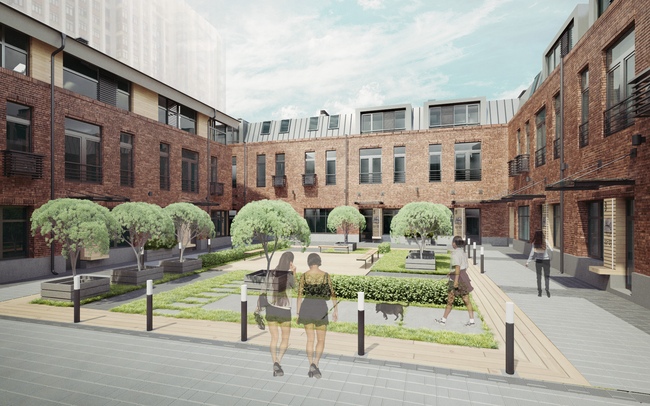
Courtyard of "Studio #8"
Archi.ru: In other words, you put the environment that you create above
the shape that you do?
Sergey Trukhanov: I would say, interaction of the object with its environment is more important than its shape. The shape must be conditioned by its environment, not the other way around. In this sense, we are the big advocates of the approach when any project is regarded as a set of clear-cut, logical, and consistent diagrams - think Bjarke Ingels to mention but one name. It's a very simple process, actually: first we take a cube in a windswept field and then transform it with regard to the insolation, the wind rose, the viewing properties, the traffic and the pedestrian flow chart. Superimposing one group of factors over another, we are getting the required matrix, and architecture stops being something divine and mysterious - it becomes a logical science that can be learned and understood. In our work we try to guide ourselves by these fundamentals. As Kurt Vonnegut said, "any scientist that can't explain to a six-year old what he's doing is a charlatan".
Archi.ru: I was just about to ask you if the English name of your company signifies your adherence to the principles of the contemporary western architecture. According to my observations, you do have the principles of somebody who learned or practiced in a western bureau.
Sergey Trukhanov: There are no "western" or "Russian" principles of architecture, they are all the same. There is a context in which these principles are to be implemented, and this context can indeed vary dramatically. One must correlate to the other, otherwise your project, be it a building or an interior design, will inevitably turn into a mere "art object". And it doesn't matter what school you went to - what matters for us is whether our employee is really ready to learn and grow, whether he is committed to excellence. At T+T, we have the graduates of Moscow Institute of Architecture, and of Moscow State University of Civil Engineering - but this does not mean that we do not try to be always updated on the latest trends of Russian and the world's architecture.
How does you bureau work? Do you have working groups, or do you attend personally to each and every project?
Sergey Trukhanov: We are a full-cycle bureau, i.e. we start with the architectural proposals and concepts, and our job is finished when the last light has been installed. T+T Architects Bureau consists in fact of two independent divisions - the architectural design headed by Alexander Brovkin, and the interior design headed by Vladimir Chukanov. Each of these two divisions consists of several working groups with Alexander and Vladimir supervising the results of their work. As for myself, I, of course have to give the formal approval to each of the projects but I do not always elaborate each and every detail. We do not run an "author" architectural bureau, and one of the things that we surely don't have is the "stylistic dictatorship". What we do have is our common ideology and construction norms and rules. Our every concept is the result of joint discussions and making collective decisions.
Archi.ru: What qualities should an architect possess to get a job at your bureau?
Sergey Trukhanov: What I value in people most is their active attitude - from a personal and from a professional standpoint. Meaning - we do not hire the "give me the exact instructions for what to do" type. Plus - these should be people that are ready and willing to withstand the mad tempo of our work - simply because the basic pool of our orders is not supposed to stay in the pre-design phase for long. We have not yet designed large-scale agglomerations, our main specialty being the projects of redeveloping former industrial buildings to fit the current needs, office complexes, and commercial interiors, i.e. projects that have rigorous and contract-stipulated deadlines that we simply cannot violate. I am not the direct advocate of the age limit idea but we generally hire young people. The architects who are past forty and who have a Soviet "Project Institute" background generally cannot withstand our tempo.
Archi.ru: You mentioned redevelopment projects. When studying the portfolio of T+T Architects at you website, I noticed that they do prevail among your implementations. Do you consider this "genre" your main specialty?
Sergey Trukhanov: We never deliberately set a goal to specialize in this
area but renovating old buildings proved to be just as exciting as designing
new ones. Besides, what is always exciting is the challenge to preserve the
already-formed house planning, breathe a new life into the old building in the
contemporary reality. This is why our clients enjoy working with us in this
genre. In particular, we highly value our cooperation with the company "KR
Properties" for which we did a number of such projects. In 2010, for
example, we did a concept for renovating a milling plant in
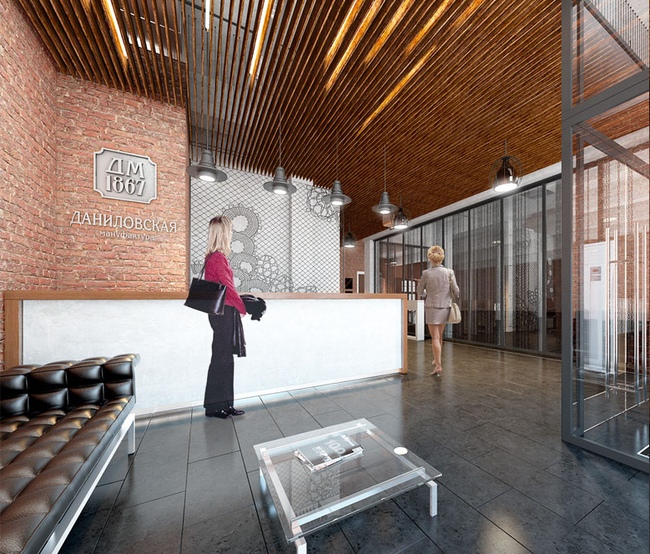
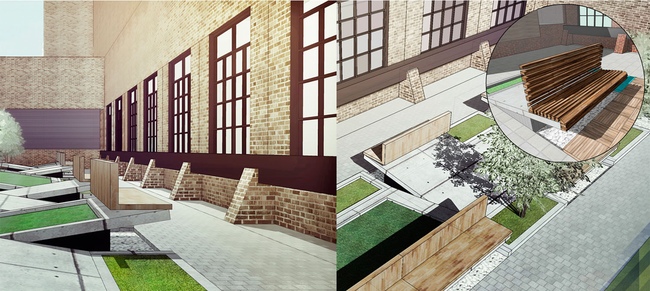
We are also very proud of the project of the loft block "Studio
#8" that has just been awarded the honorary diploma of the "Golden
Section 2013". This is a reconstruction of the factory building in the
Airport driveway that will be turned into an apartment complex. According to
the specifications, we were to keep the construction footprints intact and all
of the buildings that were possible to keep and renovate. Plus - the land site
is immediately adjacent to the residential complex "
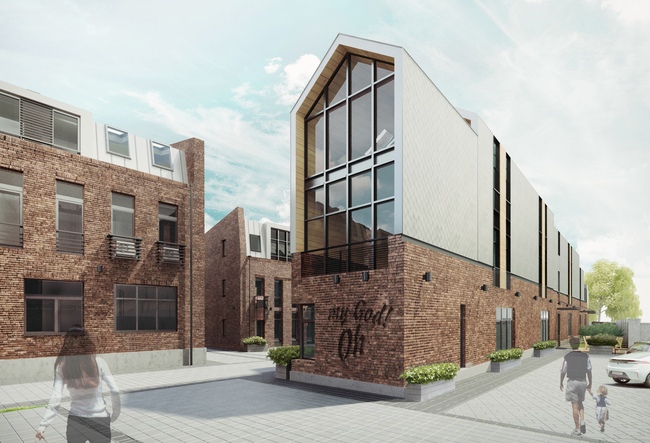
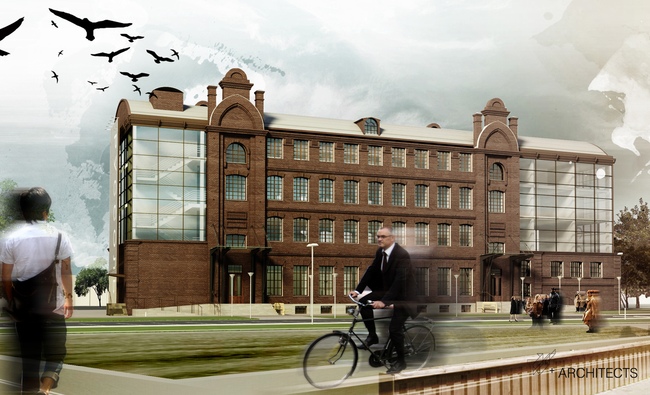
Reconstruction project of a milling factory in the city of Orenburg
Archi.ru: In this sense, there is a lot of charisma about your office -
Roof Point on the Luzhnetskaya Embankment. Could you please share how it came
about that the office of the architectural bureau is also a showroom and a
media venue at the same time?
Sergey Trukhanov: We think that our office is the perfect reflection of
our approach: it is transparent, laconic, and understandable at first sight.
When we first found ourselves in that loft, we were stricken by its giant
window commanding the view of the Luzhniki Stadium and the
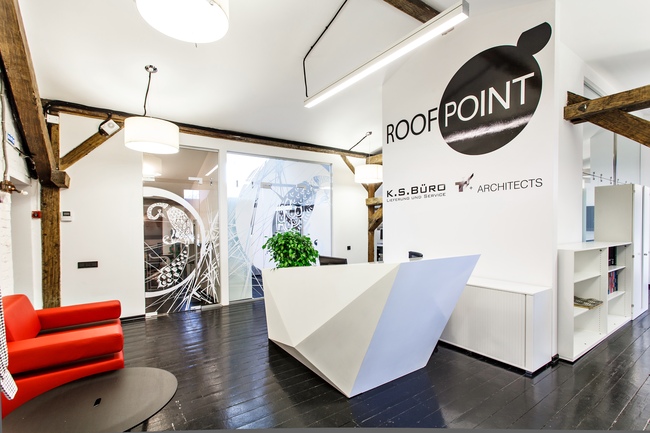
Interior of the office "Roof point"
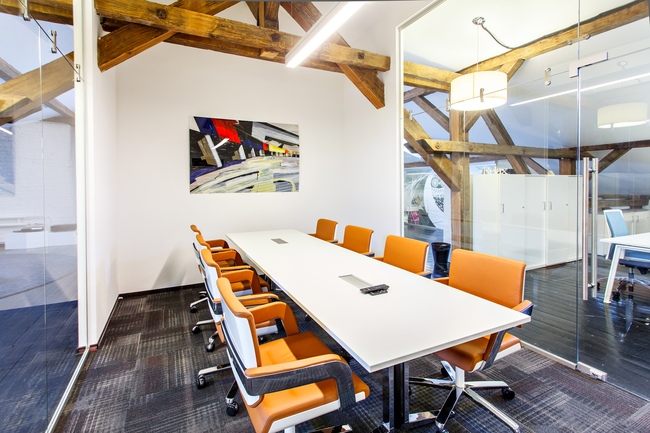
Interior of the office "Roof point"
Archi.ru: Generally, how important is the social function for you? Do
you purposefully include it into you projects?
Sergey Trukhanov: We always try to do that if our customer goes for it.
One of the main goals of the project "Studio #8" that we set for
ourselves was making this block as open as possible to the passers-by, give the
"address" to the object, turn the "squeezed" streets and
territory spots into improved places where the tenants could take a rest or go
for walks. Also, very interesting for us was the housing projects of the land
site across from "Bagrationovskaya" metro station, along
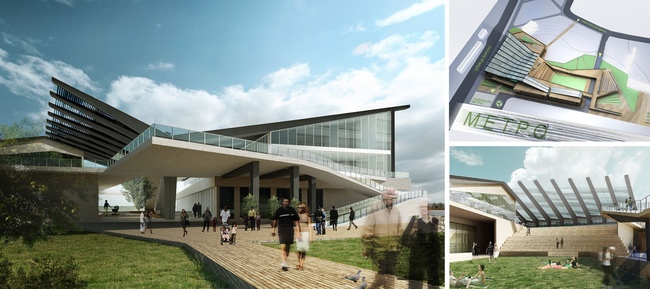
Archi.ru: A very optimistic project for
Sergey Trukhanov: I believe that little strokes fell great oaks, you
know. We will offer to build something of this kind. Other architects will. And
ultimately somebody will get lucky to actually build a project like this. One
day
Archi.ru: Meaning - generally you are optimistic of
Sergey Trukhanov: In today's
Generally, it is hard to speak about any quality of the project if it is
expected to bring the return on investment within 5 years at the most. To me,
this is an inconceivably short term. The ideology of "temporary
workers" really has a negative effect - hence the total economy on
implementation which ultimately makes a negative difference in the quality of
the buildings. In

